According to inspection centers, recently, there have been many cases of cars failing inspection due to changing to new tires that do not meet technical safety and environmental protection regulations, and have incorrect specifications compared to the original tires.
Giao thong Newspaper hotline received a question from a reader wondering if replacing a car tire with the same specifications as the original tire but with a different tread can be inspected?
Regarding this issue, a representative of a vehicle inspection center in Hanoi said that according to Circular 30/2024 (amending Circular 16/2021) regulating motor vehicle inspection, in the tire inspection category, only replacement tires need to have tire size specifications specified by the manufacturer or according to the vehicle's technical documents to pass inspection.
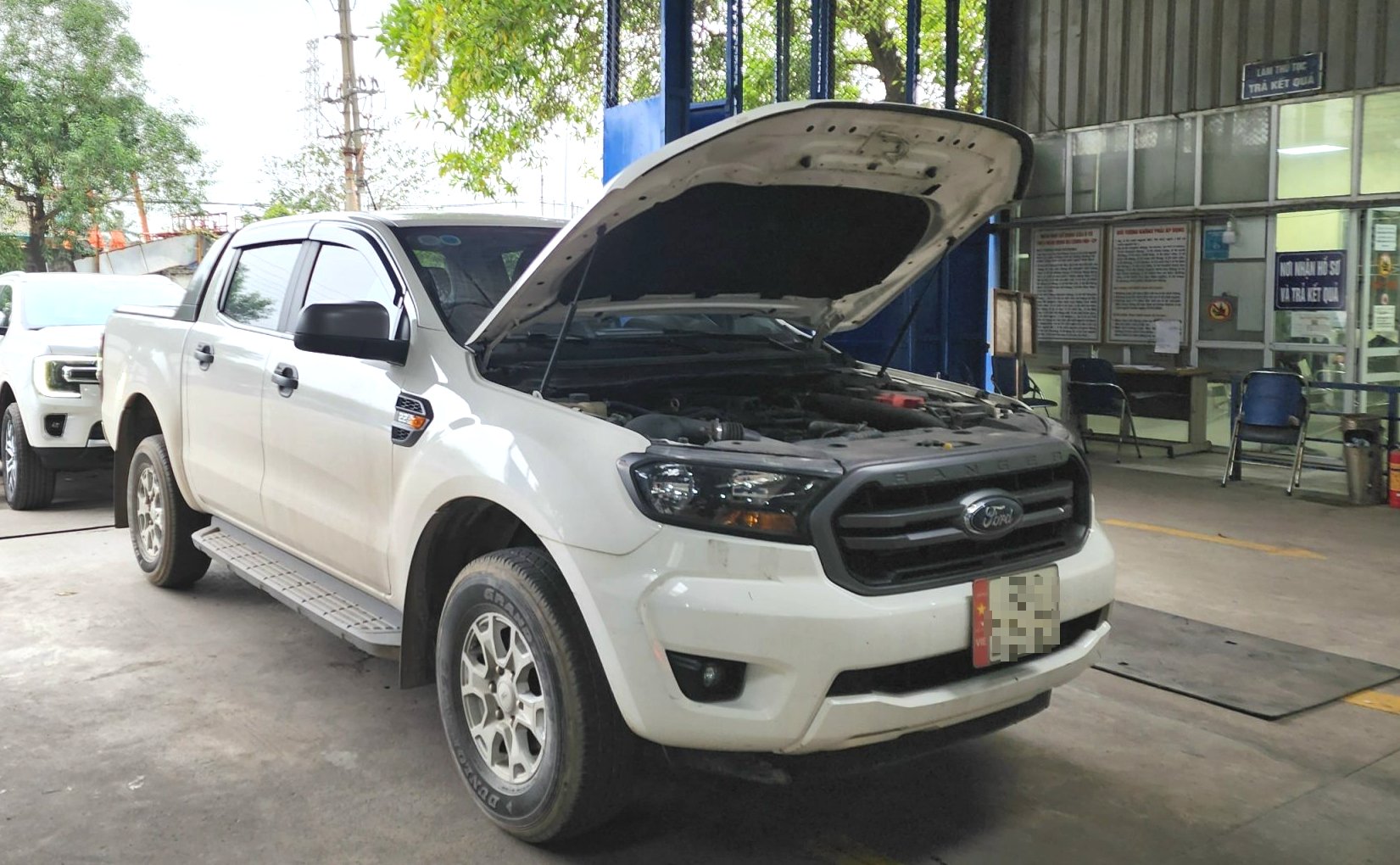
When replacing a car tire, the tread (tire tread) does not need to be the same as the original tire, but the tread on the two front wheels must be the same type.
In the case of readers of Giao thong Newspaper who change tires with the same specifications as the original tires but with different treads, the technical safety and environmental protection of the car are still guaranteed, so they still pass the tire inspection category.
However, it should be noted that the tire tread on the two side guide tires (two tires on the two front wheels) must have the same tread pattern; if the pattern is different, the vehicle inspection category will be failed.
According to the representative of the inspection center, the tread on the tire helps the car grip the road, prevent slipping, and orient the vehicle.
It is required that the tread pattern on both sides of the steering wheel be the same type to help the vehicle not deviate from its direction while moving.
Inspection centers also recommend that when tires have expired or are damaged beyond repair, vehicle owners should replace both tires (front or rear) and from the same manufacturer with the specifications specified by the manufacturer (preferably according to the original tire specifications) so that the vehicle can operate best and not fail the tire inspection.
In addition, during the vehicle inspection process, some common errors in wheel categories such as: errors related to the structure and operation of the wheel (rims, brake rings cracked, warped; tires cracked, broken, blistered, exposing the tire layer; tires worn to the manufacturer's indicator mark) are errors that cause the car to fail the vehicle inspection.
Therefore, car owners need to regularly check to detect signs of tire damage in order to promptly fix them, ensuring vehicle safety during operation.
Source: https://www.baogiaothong.vn/o-to-thay-lop-cung-thong-so-khac-gai-lop-nguyen-ban-co-duoc-dang-kiem-192241202164800949.htm





![[Photo] Dan Mountain Ginseng, a precious gift from nature to Kinh Bac land](/_next/image?url=https%3A%2F%2Fvphoto.vietnam.vn%2Fthumb%2F1200x675%2Fvietnam%2Fresource%2FIMAGE%2F2025%2F11%2F30%2F1764493588163_ndo_br_anh-longform-jpg.webp&w=3840&q=75)


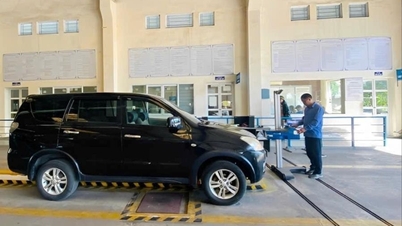







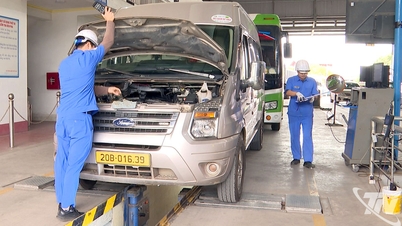



























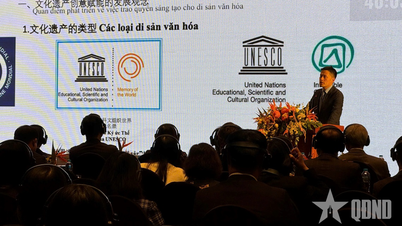






























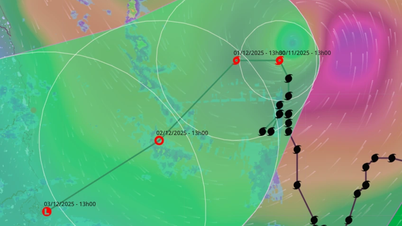







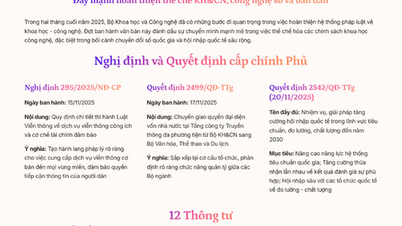








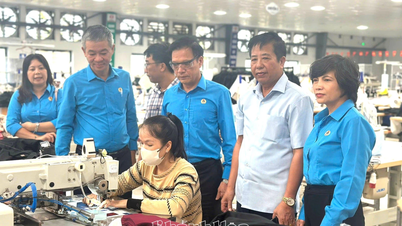


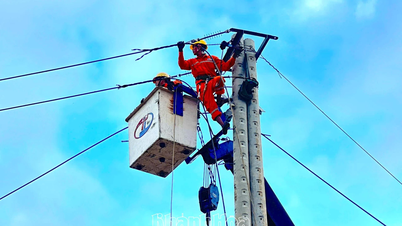















Comment (0)